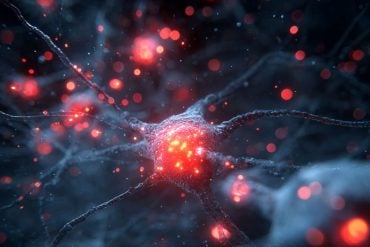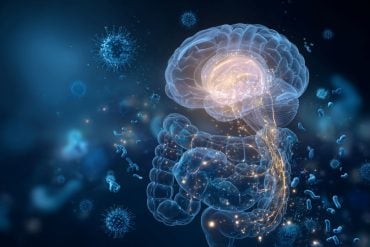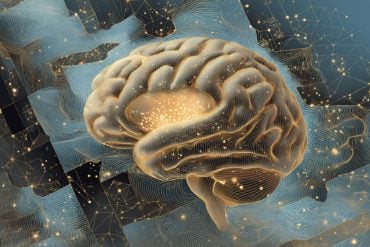Summary: Exercise rewires the enhancers in DNA regions associated with the risk of disease development.
Source: University of Copenhagen
While it is widely known that regular physical exercise decreases the risk of virtually all chronic illnesses, the mechanisms at play are not fully known. Now scientists at the University of Copenhagen have discovered that the beneficial effects of physical exercise may in part result from changes to the structure of our DNA. These changes are referred as ‘epigenetic’.
DNA is the molecular instruction manual found in all our cells. Some sections of our DNA are genes, which are instructions for building proteins – the body’s building blocks – while other sections are called enhancers that regulate which genes are switched on or off, when, and in which tissue. The scientists found, for the first time, that exercise rewires the enhancers in regions of our DNA that are known to be associated with the risk to develop disease.
“Our findings provide a mechanism for the known beneficial effects of exercise. By connecting each enhancer with a gene, we further provide a list of direct targets that could mediate this effect,” says Professor Romain Barrès from the Novo Nordisk Foundation Center for Basic Metabolic Research, the senior author of the research, which was published in Molecular Metabolism.
Exercise improves health of organs including the brain
The team of scientists hypothesized that endurance exercise training remodels the activity of gene enhancers in skeletal muscle. They recruited healthy young men and put them through a six-week endurance exercise program.
The scientists collected a biopsy of their thigh muscle before and after the exercise intervention and examined if changes in the epigenetic signature of their DNA occurred after training.
The scientists discovered that after completing the endurance training program, the structure of many enhancers in the skeletal muscle of the young men had been altered. By connecting the enhancers to genetic databases, they discovered that many of the regulated enhancers have already been identified as hotspots of genetic variation between individuals – hotspots that have been associated with human disease.

The scientists speculate that the beneficial effects of exercise on organs distant from muscle, like the brain, may largely be mediated by regulating the secretion of muscle factors. In particular, they found that exercise remodels enhancer activity in skeletal muscle that are linked to cognitive abilities, which opens for the identification of exercise training-induced secreted muscle factors targeting the brain.
“Our data provides evidence of a functional link between epigenetic rewiring of enhancers to control their activity after exercise training and the modulation of disease risk in humans,” says Assistant Professor Kristine Williams, the lead author of this study.
About this genetics and exercise research news
Source: University of Copenhagen
Contact: Mathias Traczyk – University of Copenhagen
Image: The image is in the public domain
Original Research: Open access.
“Epigenetic rewiring of skeletal muscle enhancers after exercise training supports a role in the whole-body function and human health” by Romain Barrès et al. Molecular Metabolism
Abstract
Epigenetic rewiring of skeletal muscle enhancers after exercise training supports a role in the whole-body function and human health
Objectives
Regular physical exercise improves health by reducing the risk of a plethora of chronic disorders. We hypothesized that endurance exercise training remodels the activity of gene enhancers in skeletal muscle and that this remodeling contributes to the beneficial effects of exercise on human health.
Methods and results
By studying changes in histone modifications, we mapped the genome-wide positions and activities of enhancers in skeletal muscle biopsies collected from young sedentary men before and after 6 weeks of endurance exercise. We identified extensive remodeling of enhancer activities after exercise training, with a large subset of the remodeled enhancers located in the proximity of genes transcriptionally regulated after exercise. By overlapping the position of enhancers with genetic variants, we identified an enrichment of disease-associated genetic variants within the exercise-remodeled enhancers.
Conclusion
Our data provide evidence of a functional link between epigenetic rewiring of enhancers to control their activity after exercise training and the modulation of disease risk in humans.






